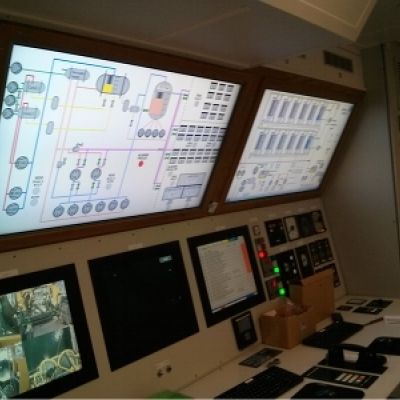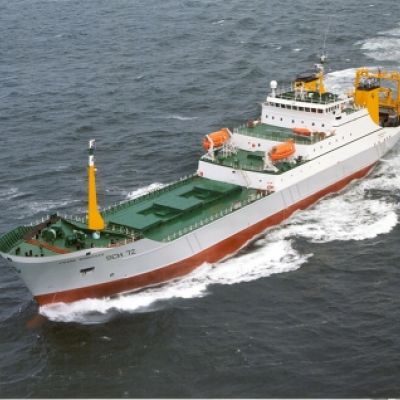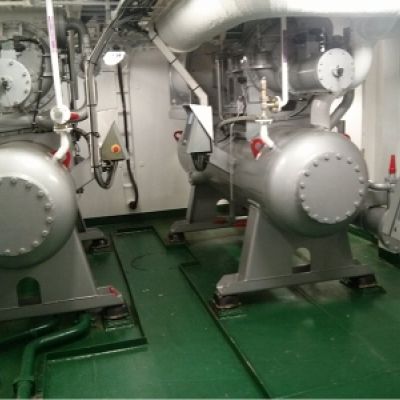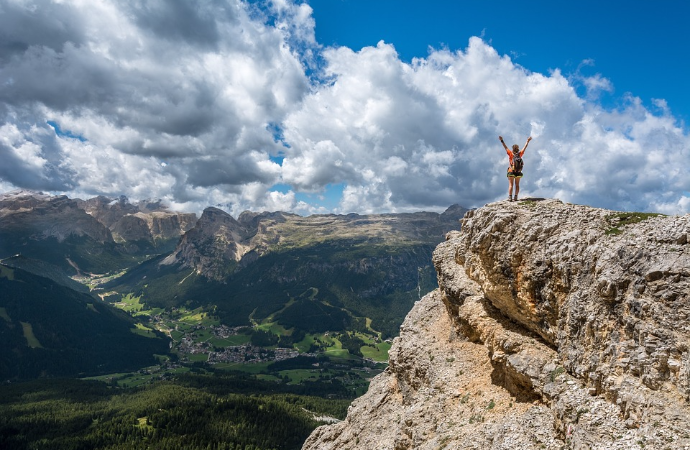Johnson Controls has installed a state of the art CO2 cascade ammonia system on a fishing vessel based in Holland. The company Cornelis Vrolijk, already uses CO2 as a secondary refrigerant for fish processing and cold storage on five of its vessels. The new system has enabled freezing 3-4 times faster compared to R22 systems, fuel cost reduction, weight reduction and a future proof solution with regards to the F-Gas Regulation. + PHOTOS

Post-catch refrigeration and temperature control processes are key factors affecting the quality of fish. Moreover, the fishing vessels need to be at sea for 4-6 weeks before returning to harbour with their catch, making it extremely important to have the best quality and efficient freeze-processing plants and cold storage on-board.
Performance, availability, longevity and cost factors in selecting the natural refrigerant system
Aware of the environmental impacts of synthetic refrigerants and the restrictions stipulated by the new F-Gas Regulation, Cornelis Vrolijk, a fishing company based in Holland, engaged Johnson Controls to propose a solution using natural refrigerants for their fleet of fishing vessels. The choice, based on performance, availability, longevity and cost, was to employ a new CO2 cascade with ammonia system.
In total 5 of the Cornelis Vrolijk vessels have been converted to CO2 used as a secondary refrigerant for fish processing and cold storage since 2002. The last one, known as Frank Bonefaas SCH 72, was converted to a state of the art CO2 cascade ammonia system at the end of 2013. The ship, powered by 10,000 HP engines, measures in at 126 meters (413 feet) in length and has maximum processing capacity of 300 tons of frozen fish per day.
Sabroe piston compressors by Johnson Controls
Six Sabroe 110 kW piston compressors provide up to 2280 kW of cooling running between -50°C and -12°C (-58°F and 10.4°F). The primary side is handled by 2 water-cooled ammonia screw compressors, which provide approximately 1100 KW of cooling each, running between 0°C and 40°C (32°F and 104°F). Two additional ammonia screw compressors are used for seawater chilling. The system uses pumped CO2 for rapid freezing of fish into blocks which are packaged and moved to large cold storage holds.
In addition, the entire plant is made to operate very simply with the aid of a sophisticated supervisory system. Touch screens located in the plant room allow operators to access any system information needed. With safety being of paramount importance aboard vessels, gas detectors continuously monitor the atmosphere in each zone to ensure worker safety and to help identify any leaks that may arise.
Results of using a CO2 cascade with ammonia system
The refrigeration plant equipment costs were €2.8M. The total system cost, including the processing facility and cold store was €7.2M. It is expected that the end user will be able to write off the plant cost through tax deductions within 20 years. The hardware itself is expected to last 30 to 40 years.
In terms of performance, the conversion has enabled:
Performance, availability, longevity and cost factors in selecting the natural refrigerant system
Aware of the environmental impacts of synthetic refrigerants and the restrictions stipulated by the new F-Gas Regulation, Cornelis Vrolijk, a fishing company based in Holland, engaged Johnson Controls to propose a solution using natural refrigerants for their fleet of fishing vessels. The choice, based on performance, availability, longevity and cost, was to employ a new CO2 cascade with ammonia system.
In total 5 of the Cornelis Vrolijk vessels have been converted to CO2 used as a secondary refrigerant for fish processing and cold storage since 2002. The last one, known as Frank Bonefaas SCH 72, was converted to a state of the art CO2 cascade ammonia system at the end of 2013. The ship, powered by 10,000 HP engines, measures in at 126 meters (413 feet) in length and has maximum processing capacity of 300 tons of frozen fish per day.
Sabroe piston compressors by Johnson Controls
Six Sabroe 110 kW piston compressors provide up to 2280 kW of cooling running between -50°C and -12°C (-58°F and 10.4°F). The primary side is handled by 2 water-cooled ammonia screw compressors, which provide approximately 1100 KW of cooling each, running between 0°C and 40°C (32°F and 104°F). Two additional ammonia screw compressors are used for seawater chilling. The system uses pumped CO2 for rapid freezing of fish into blocks which are packaged and moved to large cold storage holds.
In addition, the entire plant is made to operate very simply with the aid of a sophisticated supervisory system. Touch screens located in the plant room allow operators to access any system information needed. With safety being of paramount importance aboard vessels, gas detectors continuously monitor the atmosphere in each zone to ensure worker safety and to help identify any leaks that may arise.
Results of using a CO2 cascade with ammonia system
The refrigeration plant equipment costs were €2.8M. The total system cost, including the processing facility and cold store was €7.2M. It is expected that the end user will be able to write off the plant cost through tax deductions within 20 years. The hardware itself is expected to last 30 to 40 years.
In terms of performance, the conversion has enabled:
- Freezing times of fish blocks 3 to 4 times faster compared to R22
- Significant fuel cost reduction as on-board generators entitle electrical power required by the plant
- The high density of CO2 allows for reduced compressor sizes given the benefit of space and weight reduction
- Replacement gas costs have been reduced by a factor of 50 and the system is immune to future f-gas regulations
- Very low impact on the environment
GALLERY
MORE INFORMATION
Related stories
